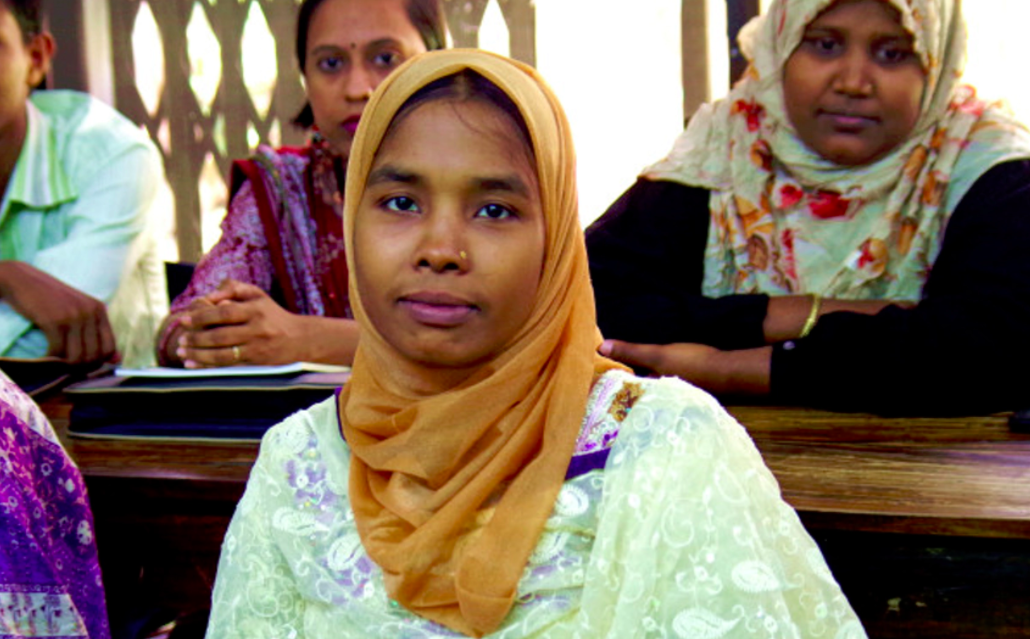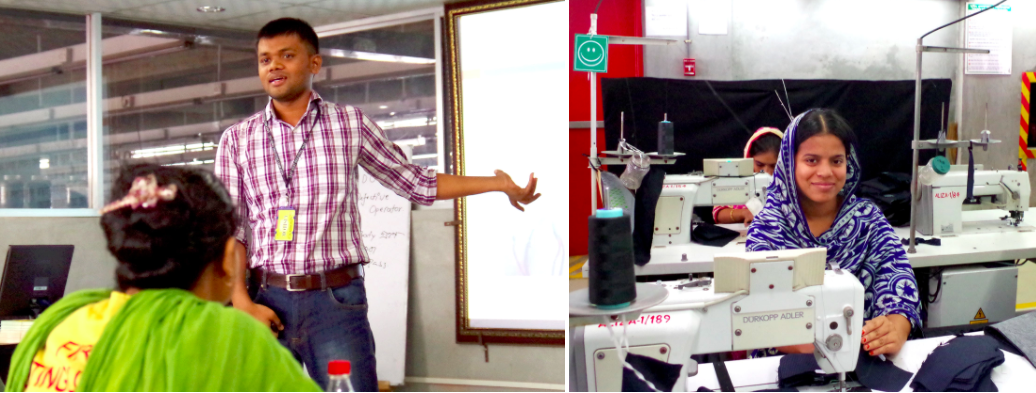Dying For A Job
Four million garment workers, mostly women, toil in 5,000 factories across Bangladesh, making the country’s $25 billion garment industry the world’s second largest, after China.
Garment workers generally are paid low wages with few or no benefits and often struggle to support their families. Many risk their lives to make a living.
On November 24, 2012, a massive fire tore through the Tazreen Fashions Ltd. factory in Dhaka, Bangladesh, killing more than 110 garment workers and gravely injuring thousands more.
In the wake of this disaster, garment workers throughout Bangladesh are standing up for their rights to safe workplaces and living wages. With the Solidarity Center, which partners with unions and other organizations to educate workers about their rights on the job, garment workers are empowered with the tools they need to improve their workplaces together.
Learn more about the Solidarity Center’s work in the global garment industry
DISASTER STRIKES TAZREEN

On November 24, 2012, women and men working overtime on the Tazreen production lines were trapped when fire broke out in the first-floor warehouse. Workers scrambled toward the roof, jumped from upper floors or were trampled by their panic-stricken co-workers. Some could not run fast enough and were lost to the flames and smoke.
Hundreds of those injured at Tazreen, like Tahera (above), will never be able to work again. Survivors say they endure daily physical and emotional pain, and often are unable to support their families because they cannot work and have received little or no compensation.
Some 80 percent of export-oriented ready made garment (RMG) factories in Bangladesh need improvement in fire and electrical safety standards, despite a government finding most were safe, according to a recent International Labor Organization (ILO) report.
TAZREEN NOT UNIQUE
The Tazreen fire was not an isolated incident.
Months after the Tazreen disaster, more than 1,000 garment workers were killed when the Rana Plaza building collapsed. Workers were forced to return to the building despite the warnings of structural engineers that the building was unsound.
In the four years since Tazreen, fires, building collapses and other tragedies have killed or injured thousands of garment workers in Bangladesh, according to data collected by the Solidarity Center.
FACTORIES CAN BE MADE SAFE
The Tazreen fire and Rana Plaza collapse were preventable. Workers at Tazreen and Rana Plaza did not have a union or other organization to represent them and help them fight for a safe workplace.
Without a union, garment workers often are harassed or fired when they ask their employer to fix workplace safety and health conditions. They are not trained in basic fire safety measures and often their factories, like Tazreen, have locked emergency doors and stairwells packed with flammable material.
Unions have helped to improve these conditions.
They have joined together to form workplace unions and bargain for safe working conditions, better wages and respect on the job.
UNIONS SAVING LIVES
Worker voices have yielded real results.
Over the past few years, the Solidarity Center has held fire safety trainings for hundreds of garment factory workers. Workers learn fire prevention measures, find out about safety equipment their factories should make available and get hands-on experience in extinguishing fires.

When women workers form unions, they improve their working conditions. Through Solidarity Center workshops and leadership training, more women are running for union office. Women now make up more than 61 percent of union leadership in newly formed factory level-unions.
CHANGE IS POSSIBLE
Salma (below), a garment worker, and her co-workers faced stiff employer resistance when they sought to form a union. With assistance from the Solidarity Center and the Bangladesh Garment and Industrial Workers Federation (BGIWF), to which their factory union is affiliated, workers negotiated a wage increase, maternity benefits and safe drinking water. The factory now is clean, has adequate fire extinguishers on every floor, and a fire door has replaced a collapsible gate.
To learn more about garment workers in global supply chains and how the Solidarity Center supports them, visit www.solidaritycenter.org.
















